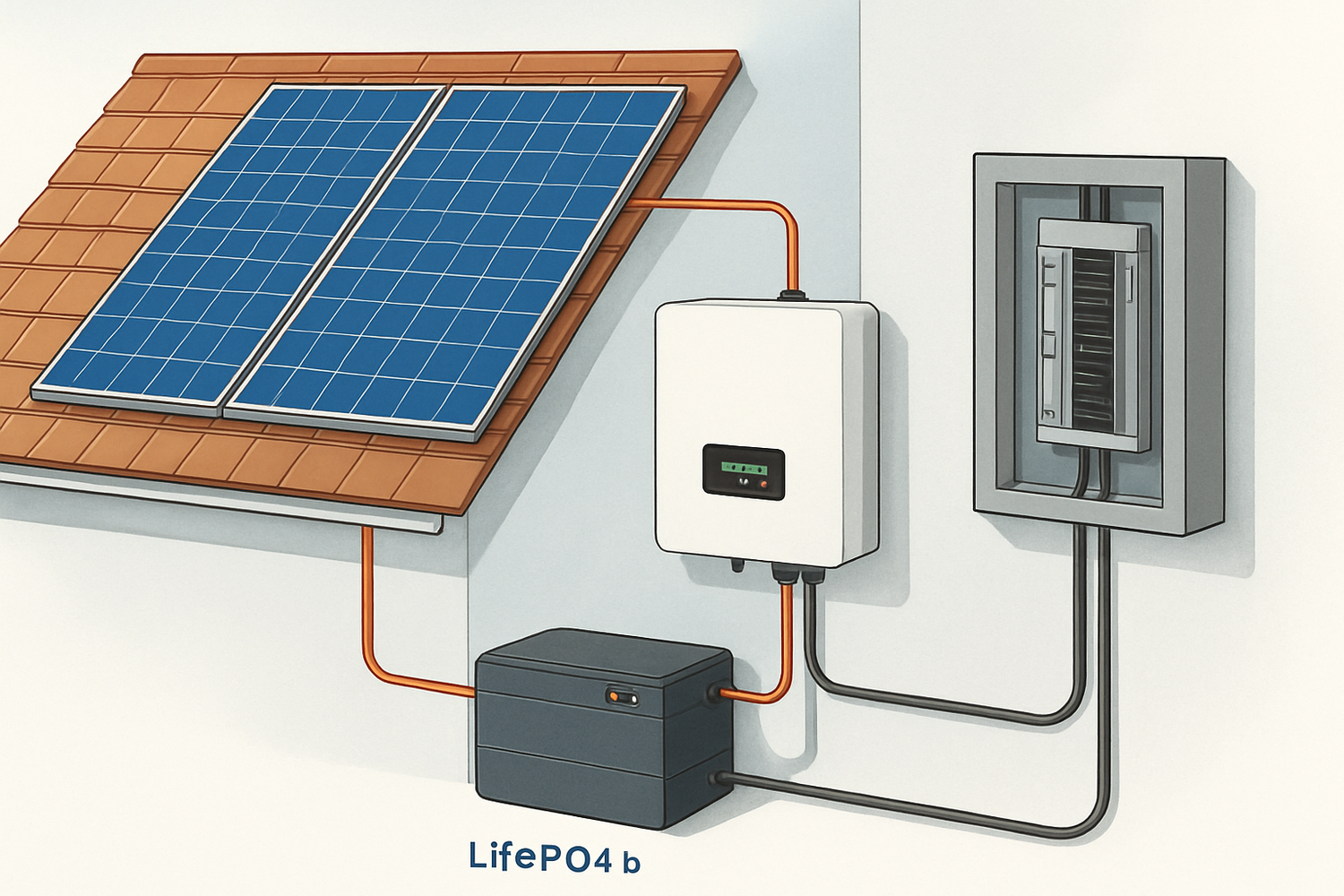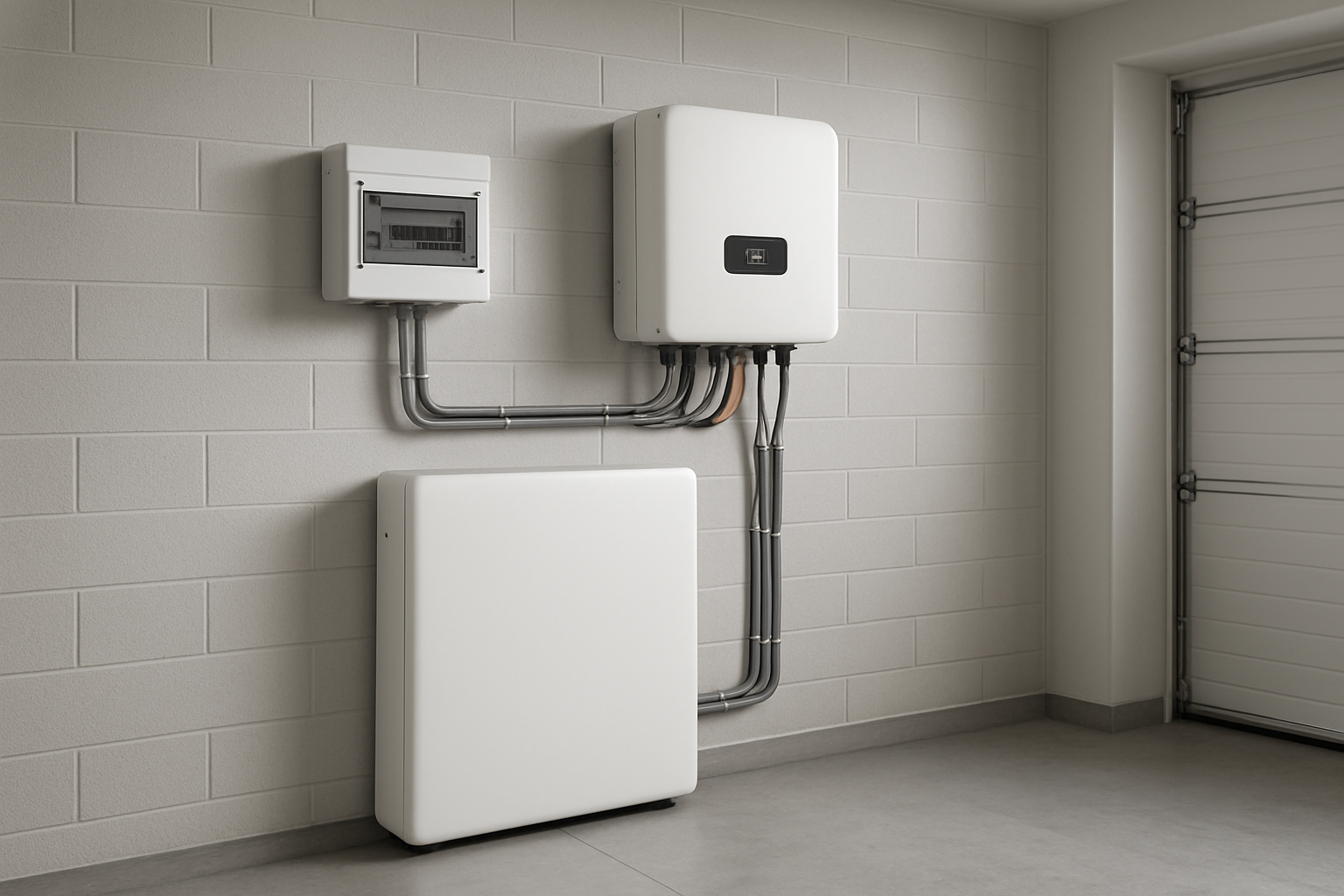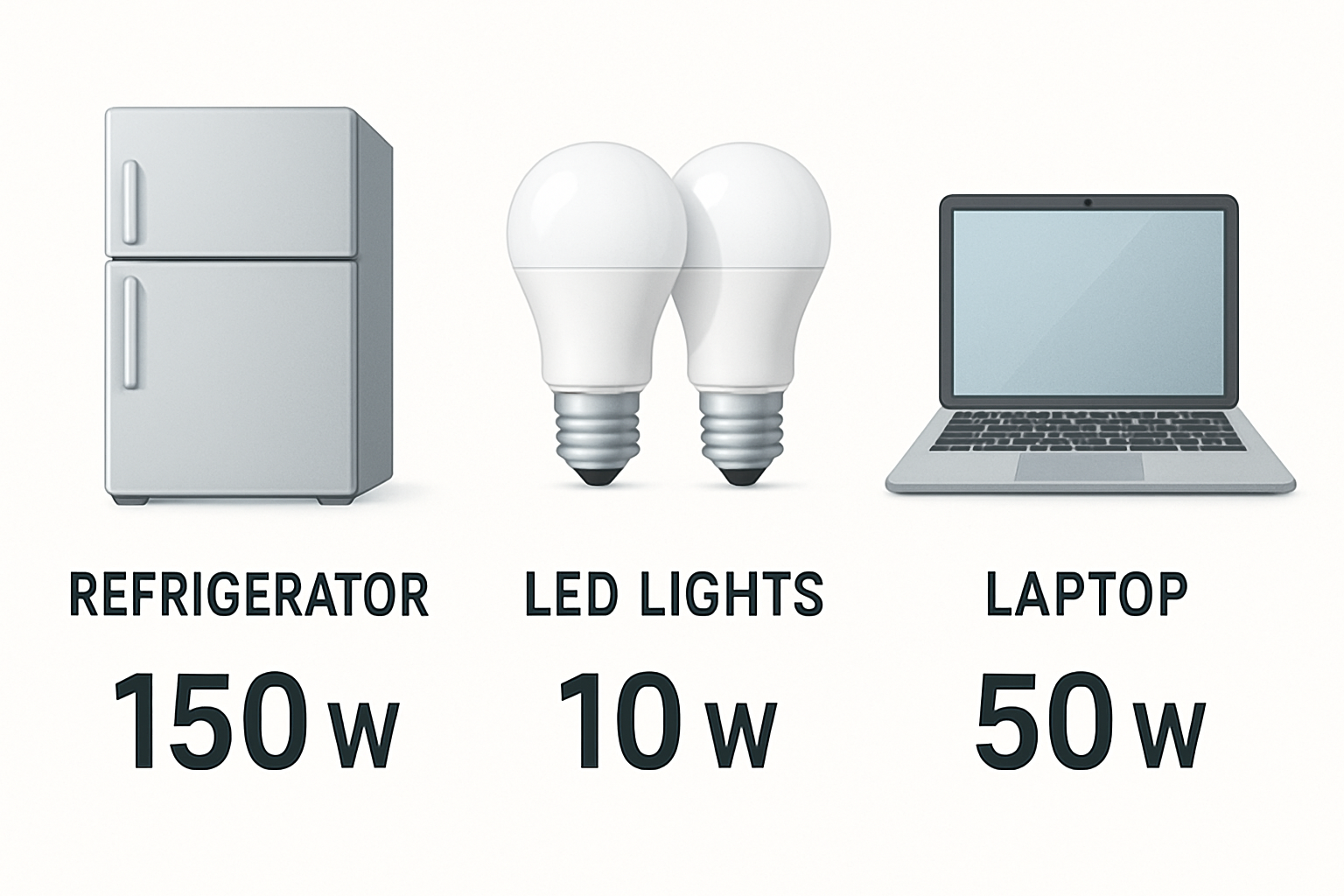Achieving complete energy independence is a significant goal for many homeowners. Moving away from the public grid offers resilience against power outages and control over your energy future. This case study provides a detailed look at a real-world residential project, outlining the journey of designing and implementing a complete off-grid solar and battery system. We will examine the planning process, component selection, and the final performance outcomes of this home solar power storage solution.
Project Goals and Energy Assessment
The foundation of any successful off-grid solar battery system setup is a thorough understanding of energy needs and clear objectives. Before purchasing any equipment, the homeowners conducted a detailed analysis to ensure the system would meet their lifestyle demands reliably.
Defining Energy Needs
The first step was a comprehensive energy audit. The homeowners cataloged every appliance and electronic device, estimating its daily usage. This process is critical for accurately sizing the solar array and battery bank. The goal is to build a system that can handle the daily load without being oversized, which would increase costs unnecessarily.
| Appliance | Power Rating (Watts) | Daily Hours of Use | Daily Energy (Wh) |
|---|---|---|---|
| Refrigerator | 150 W | 8 hours (cycling) | 1200 Wh |
| Well Pump | 1000 W | 1 hour | 1000 Wh |
| LED Lighting | 100 W | 6 hours | 600 Wh |
| Electronics (Laptop, TV) | 200 W | 5 hours | 1000 Wh |
| Miscellaneous Loads | - | - | 800 Wh |
| Total Daily Consumption | 4600 Wh (4.6 kWh) |
Setting System Objectives
With a clear picture of their energy consumption, the homeowners established several key objectives. The primary goal was 100% energy self-sufficiency, completely disconnecting from the utility grid. Secondary objectives included having at least three days of autonomy to provide power during extended periods of cloudy weather. The system also needed to be scalable to accommodate potential future increases in energy usage, such as adding a workshop or an electric vehicle charger.
Designing the Off-Grid Solar Power System
With the energy requirements defined, the next phase involved the technical design of the system. This included sizing the solar array to generate sufficient power and selecting a battery bank capable of storing that energy for use when the sun is not shining. A well-designed system balances production and storage to ensure a consistent power supply.
Sizing the Solar Array
The size of the solar array was determined by the home's daily energy needs and the average number of peak sun hours at its geographic location. With a daily need of 4.6 kWh and an average of 4 peak sun hours, the minimum required solar array size was calculated to be around 1.15 kW. To account for efficiency losses and to ensure ample power generation on less-than-perfect days, the homeowners opted for a 2 kW solar array. This provides a healthy buffer and ensures the batteries can be fully charged quickly.
Selecting the Right Solar Battery Storage
Battery selection is one of the most critical decisions in an off-grid energy solution. The homeowners chose a system based on Lithium Iron Phosphate (LiFePO4) chemistry due to its long cycle life, high safety standards, and deep depth of discharge. To achieve three days of autonomy, the battery bank needed to store at least 13.8 kWh (4.6 kWh x 3 days) of usable energy. A 48V system was selected for its higher efficiency and lower wiring costs compared to a 12V setup. This led to the installation of a 48V, 300Ah LiFePO4 battery bank, providing approximately 14.4 kWh of total storage. The practice of pairing solar with storage is a key enabler of renewable energy adoption. According to the Next Generation Wind and Solar Power report, battery systems increase self-consumption and support grid stability.
Core Components and Installation Insights
Beyond the solar panels and batteries, several other components are essential for a functional and safe off-grid system. The installation process also presents unique challenges that require careful planning and execution.
The Inverter and Charge Controller
A hybrid solar inverter serves as the heart of the system. It converts the DC electricity from the solar panels and batteries into the AC electricity used by household appliances. For this project, a 5000W, 48V hybrid inverter was chosen. Its capacity is sufficient to handle the simultaneous operation of multiple appliances, including the high-demand well pump. The inverter also includes a built-in Maximum Power Point Tracking (MPPT) solar charge controller, which optimizes the power harvested from the solar panels to charge the batteries efficiently.
Installation Challenges and Solutions
The installation was planned to minimize both electrical losses and physical footprint. The solar panels were mounted on the south-facing roof to maximize sun exposure. All wiring was carefully routed to protect it from the elements and physical damage. A significant part of the project involved ensuring the system complied with local electrical codes. As noted in an EERE Success Story, streamlining permitting and adhering to best practices can significantly reduce project costs and timelines. The homeowners consulted with a certified electrician to verify the wiring plan and ensure all safety measures, such as proper grounding and circuit protection, were in place.
Performance Analysis and Real-World Results
After several months of operation, the system has consistently met the homeowners' energy needs. Continuous monitoring provides valuable insights into its performance and allows for adjustments to energy usage habits.
Monitoring System Performance
The hybrid inverter's integrated monitoring system allows the homeowners to track real-time and historical data on their phones. This includes solar energy production, household consumption, and the battery's state of charge (SoC). This data has been instrumental in helping them understand their energy patterns and make informed decisions, such as running high-power appliances during peak sun hours.
| Condition | Solar Production | Home Consumption | Net Battery Charge |
|---|---|---|---|
| Sunny Day | 10.5 kWh | 4.6 kWh | +5.9 kWh |
| Cloudy Day | 3.0 kWh | 4.6 kWh | -1.6 kWh |
| Nighttime | 0 kWh | 1.5 kWh | -1.5 kWh |
Achieving Energy Independence
The system has successfully powered the home without any reliance on the grid. The battery bank has proven its worth during a multi-day storm, keeping the lights on and all essential appliances running. Understanding key metrics is vital for long-term management. For a comprehensive overview of these metrics, you can consult this ultimate reference on solar storage performance. This project demonstrates that with modern technology, off-grid living is not about sacrifice but about resilience. Research from IRENA's Electricity Storage Valuation Framework further highlights how storage is crucial for enabling high shares of renewable generation, particularly in off-grid systems.
Wrapping Up: Lessons from an Off-Grid Transition
This case study illustrates that a successful transition to an off-grid lifestyle is achievable with careful planning and the right technology. A detailed energy audit is the most important first step, as it informs every subsequent decision. Investing in high-quality components, especially LiFePO4 batteries and a reliable hybrid inverter, provides a foundation for a long-lasting and dependable home solar power storage system. This project stands as a testament to the power of solar technology to create truly independent and resilient homes.
Disclaimer: The information in this case study is for educational purposes only and does not constitute financial or electrical engineering advice. Consult with qualified professionals before designing or installing any solar power system.
Frequently Asked Questions
What was the total cost of this off-grid system?
System costs vary based on location, components, and labor. A system of this size can range from $15,000 to $25,000. Government incentives and rebates may reduce the final cost.
How much maintenance does an off-grid solar battery system require?
Maintenance is minimal. It typically involves cleaning solar panels periodically and checking battery connections and terminals annually. Modern LiFePO4 batteries are virtually maintenance-free.
Can this system be expanded in the future?
Yes, the system was designed with scalability in mind. The hybrid inverter can accommodate additional solar panels, and the modular design of the LiFePO4 battery bank allows for easy expansion by adding more batteries in parallel.





Leave a comment
All comments are moderated before being published.
This site is protected by hCaptcha and the hCaptcha Privacy Policy and Terms of Service apply.